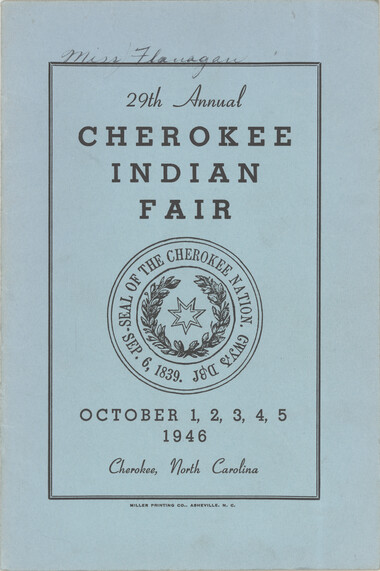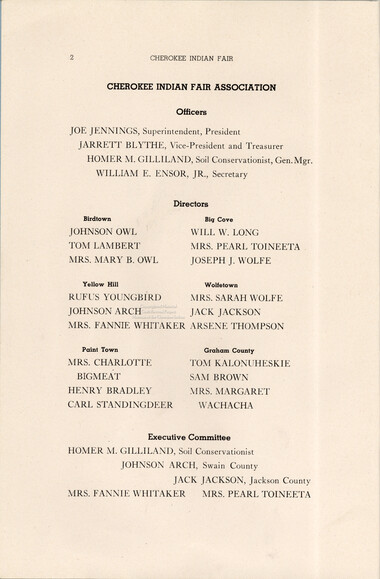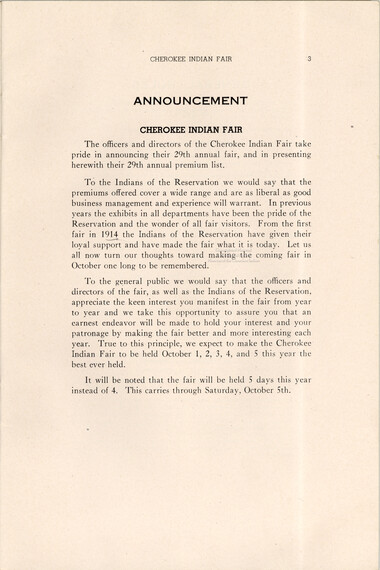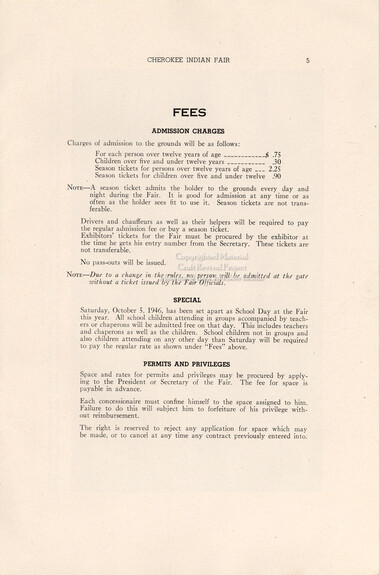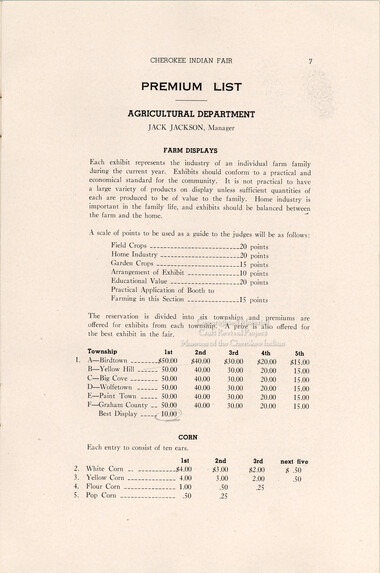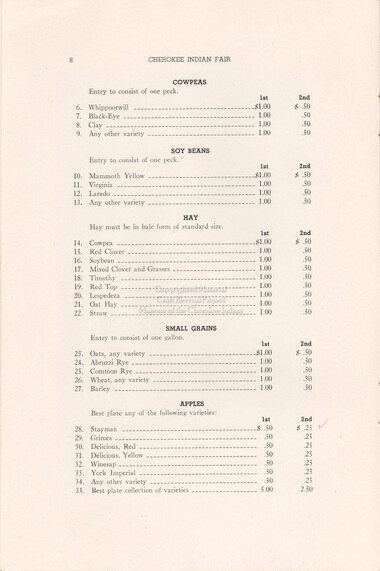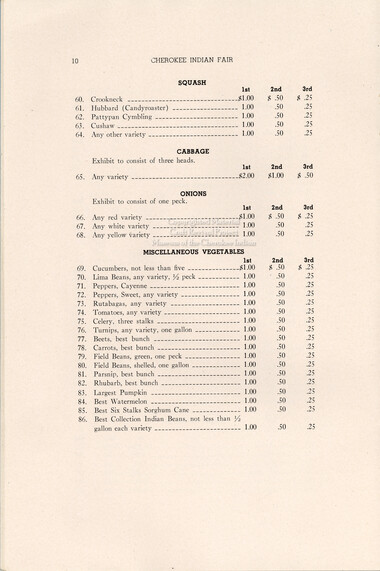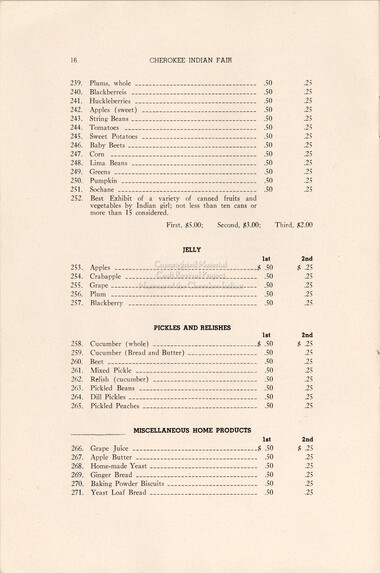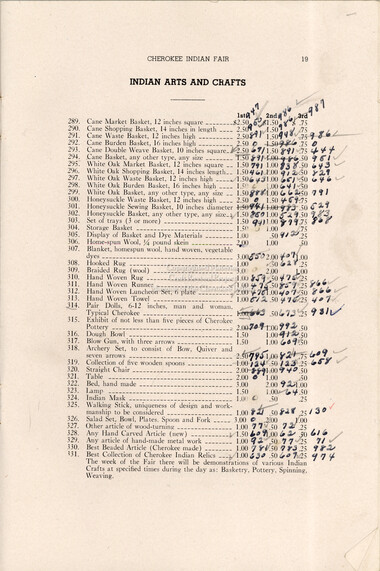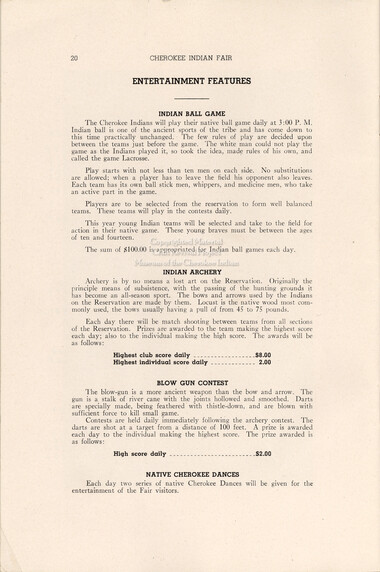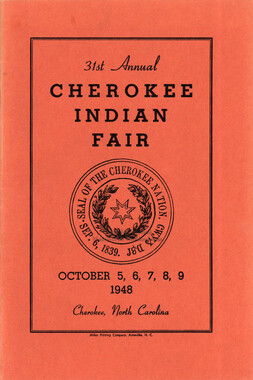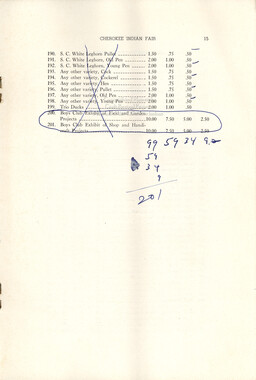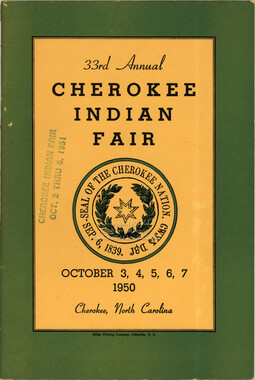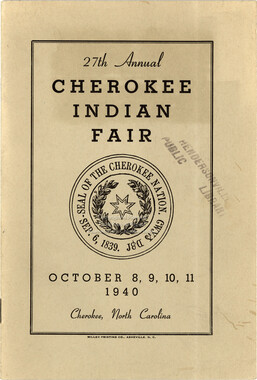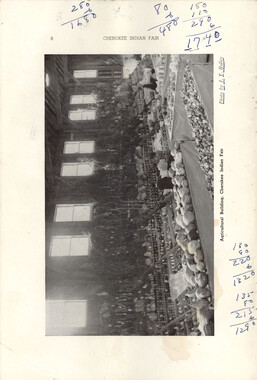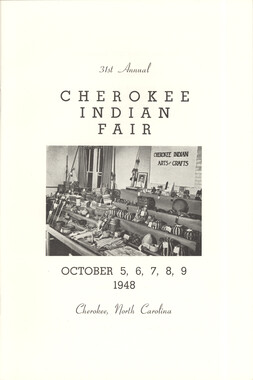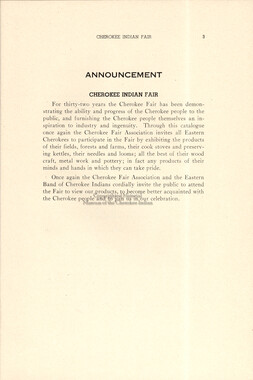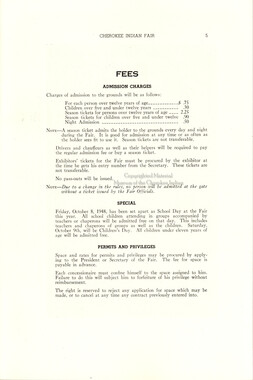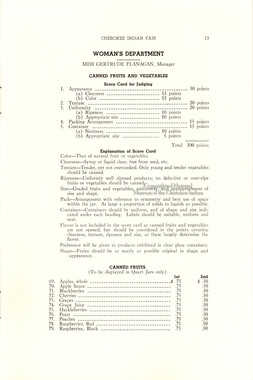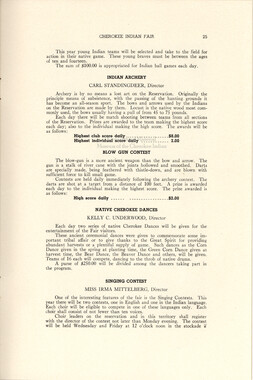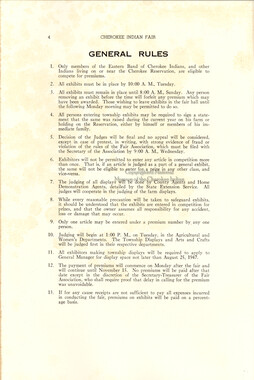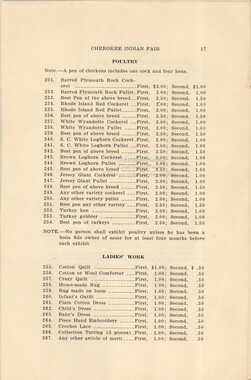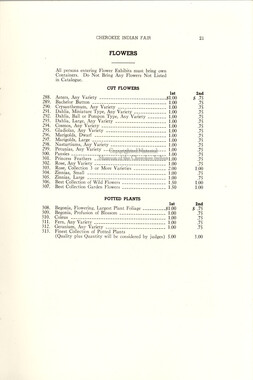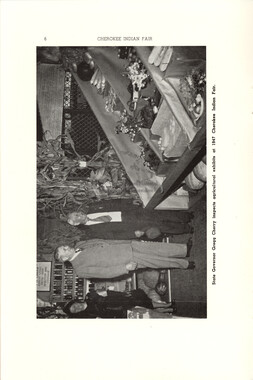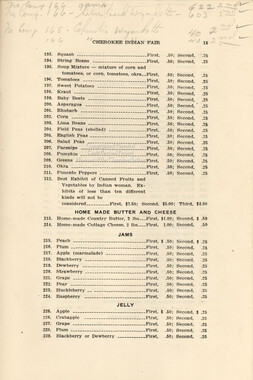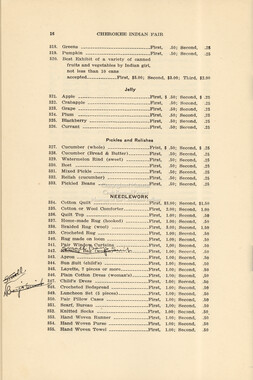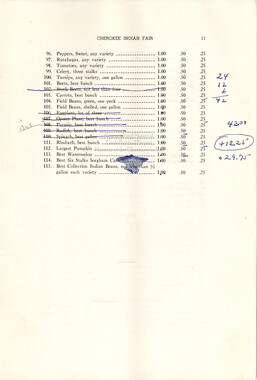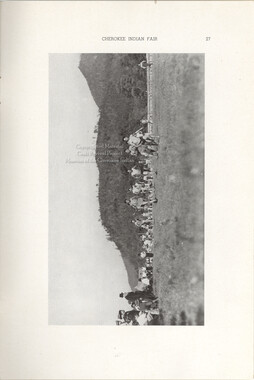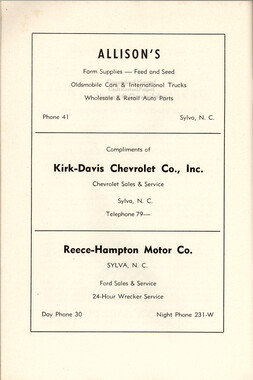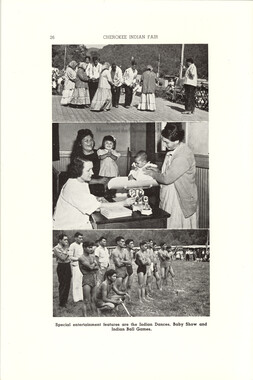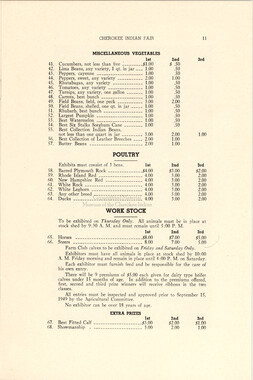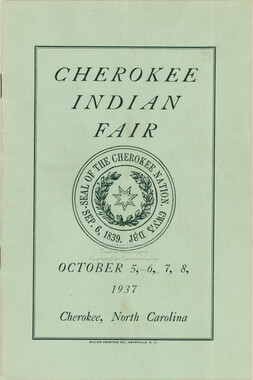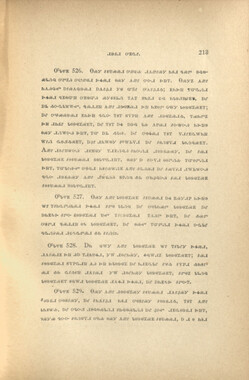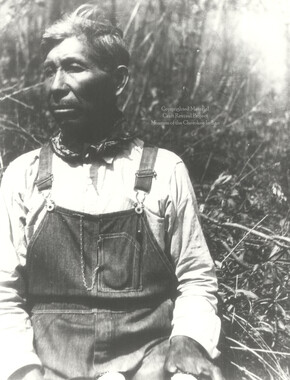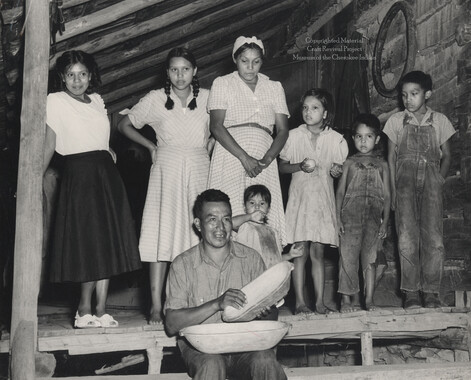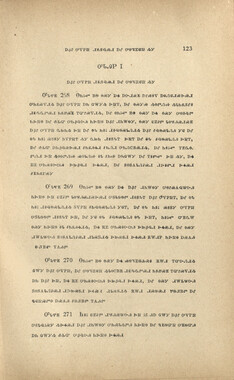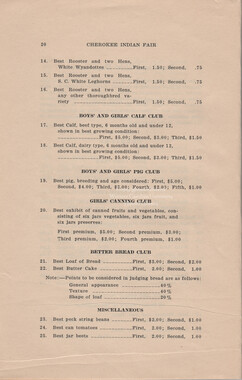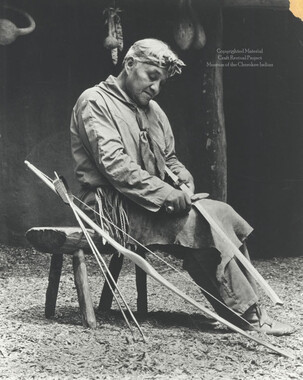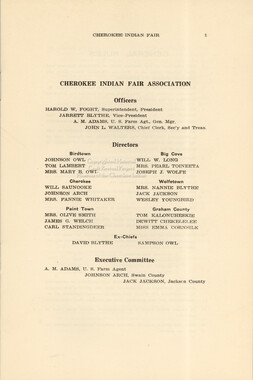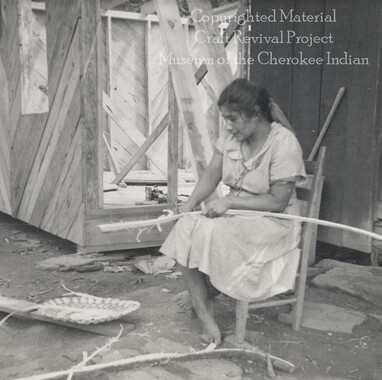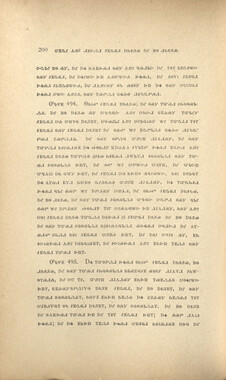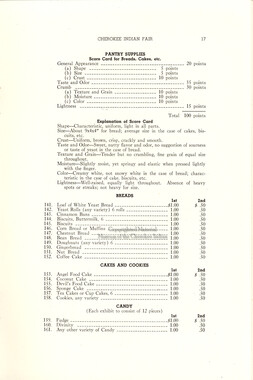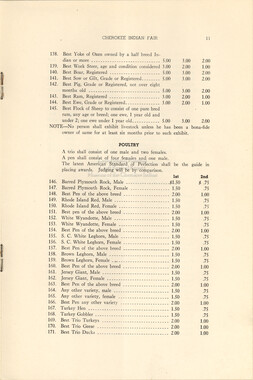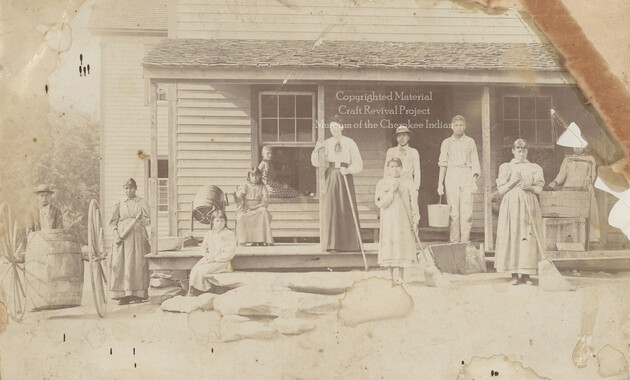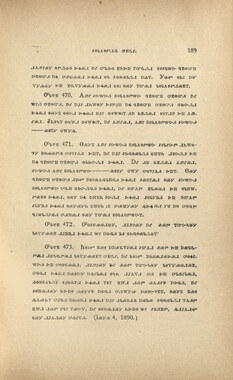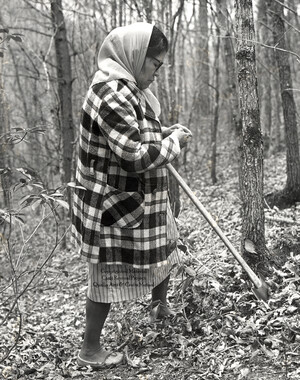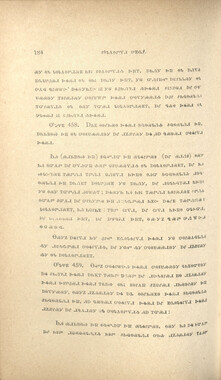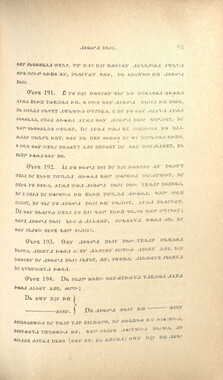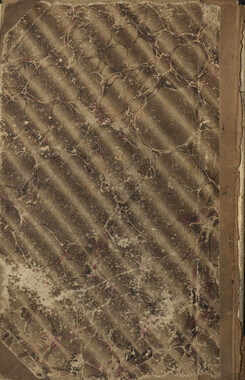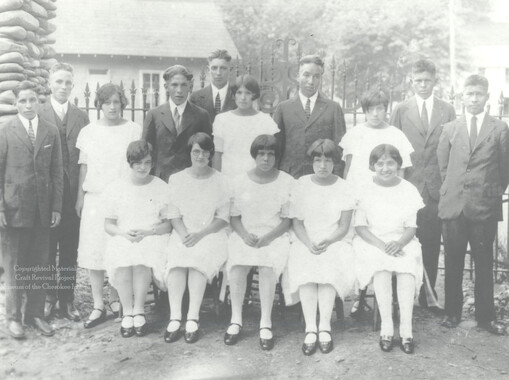Western Carolina University (12)
View all
- Canton Champion Fibre Company (187)
- Cherokee Traditions (37)
- Craft Revival (367)
- Great Smoky Mountains - A Park for America (82)
- Highlights from Western Carolina University (35)
- Horace Kephart (35)
- Oral Histories of Western North Carolina (12)
- Picturing Appalachia (1310)
- Travel Western North Carolina (1)
- Western Carolina University: Making Memories (90)
- Western Carolina University Publications (114)
- World War II in Southern Appalachia (103)
- Civil War in Southern Appalachia (0)
- Journeys Through Jackson (0)
- LGBTQIA+ Archive of Jackson County (0)
- Stories of Mountain Folk (0)
- Western Carolina University Fine Art Museum Vitreograph Collection (0)
- Western Carolina University Herbarium (0)
- Western Carolina University Restricted Electronic Theses and Dissertations (0)
- Western North Carolina Regional Maps (0)
University of North Carolina Asheville (1)
View all
- Forestry in Western North Carolina (1)
- Faces of Asheville (0)
- Grove Park Inn Photograph Collection (0)
- Isaiah Rice Photograph Collection (0)
- Morse Family Chimney Rock Park Collection (0)
- Picturing Asheville and Western North Carolina (0)
- Allanstand Cottage Industries (1)
- Bennett, Kelly, 1890-1974 (177)
- Brasstown Carvers (37)
- Champion Paper and Fibre Company (121)
- Cherokee Indian Fair Association (5)
- Goodrich, Frances Louisa (4)
- Heard, Marian Gladys (60)
- Kephart, Laura, 1862-1954 (9)
- Laney, Gideon Thomas, 1889-1976 (410)
- Masa, George, 1881-1933 (1)
- North Carolina Park Commission (18)
- Owens, Samuel Robert, 1918-1995 (10)
- Penland Weavers and Potters (19)
- Roberts, Vivienne (10)
- Sherrill's Photography Studio (365)
- Southern Highland Handicraft Guild (96)
- Southern Highlanders, Inc. (64)
- Stearns, I. K. (211)
- United States. Indian Arts and Crafts Board (4)
- Western Carolina Teachers College (132)
- Wilburn, Hiram Coleman, 1880-1967 (19)
- Williams, Isadora (1)
- Appalachian National Park Association (0)
- Berry, Walter (0)
- Cain, Doreyl Ammons (0)
- Carver, George Washington, 1864?-1943 (0)
- Cathey, Joseph, 1803-1874 (0)
- Champion Fibre Company (0)
- Cherokee Language Program (0)
- Crittenden, Lorraine (0)
- Crowe, Amanda (0)
- Edmonston, Thomas Benton, 1842-1907 (0)
- Ensley, A. L. (Abraham Lincoln), 1865-1948 (0)
- Fromer, Irving Rhodes, 1913-1994 (0)
- George Butz (BFS 1907) (0)
- Grant, George Alexander, 1891-1964 (0)
- Kephart, Calvin, 1883-1969 (0)
- Kephart, Horace, 1862-1931 (0)
- McElhinney, William Julian, 1896-1953 (0)
- Niggli, Josephina, 1910-1983 (0)
- Osborne, Kezia Stradley (0)
- Rhodes, Judy (0)
- Roth, Albert, 1890-1974 (0)
- Schenck, Carl Alwin, 1868-1955 (0)
- Smith, Edward Clark (0)
- Stalcup, Jesse Bryson (0)
- Thompson, James Edward, 1880-1976 (0)
- USFS (0)
- Vance, Zebulon Baird, 1830-1894 (0)
- Weaver, Zebulon, 1872-1948 (0)
- Western Carolina College (0)
- Western Carolina University (0)
- Western Carolina University. Mountain Heritage Center (0)
- Whitman, Walt, 1819-1892 (0)
- Appalachian Region, Southern (391)
- Asheville (N.C.) (10)
- Avery County (N.C.) (1)
- Blount County (Tenn.) (2)
- Buncombe County (N.C.) (92)
- Cherokee County (N.C.) (31)
- Clay County (N.C.) (465)
- Graham County (N.C.) (7)
- Great Smoky Mountains National Park (N.C. and Tenn.) (59)
- Haywood County (N.C.) (480)
- Henderson County (N.C.) (3)
- Jackson County (N.C.) (267)
- Knox County (Tenn.) (1)
- Macon County (N.C.) (4)
- Madison County (N.C.) (1)
- McDowell County (N.C.) (4)
- Mitchell County (N.C.) (41)
- Polk County (N.C.) (10)
- Qualla Boundary (76)
- Swain County (N.C.) (356)
- Watauga County (N.C.) (2)
- Waynesville (N.C.) (12)
- Knoxville (Tenn.) (0)
- Lake Santeetlah (N.C.) (0)
- Rutherford County (N.C.) (0)
- Transylvania County (N.C.) (0)
- Yancey County (N.C.) (0)
- Aerial Views (5)
- Artifacts (object Genre) (17)
- Cards (information Artifacts) (13)
- Clippings (information Artifacts) (13)
- Crafts (art Genres) (107)
- Drawings (visual Works) (1)
- Envelopes (13)
- Fliers (printed Matter) (5)
- Glass Plate Negatives (1)
- Interviews (15)
- Land Surveys (18)
- Letters (correspondence) (132)
- Manuscripts (documents) (40)
- Maps (documents) (18)
- Memorandums (1)
- Minutes (administrative Records) (13)
- Negatives (photographs) (847)
- Newsletters (142)
- Newspapers (2)
- Occupation Currency (1)
- Personal Narratives (1)
- Photographs (550)
- Plans (maps) (1)
- Portraits (400)
- Postcards (11)
- Programs (documents) (16)
- Publications (documents) (186)
- Questionnaires (62)
- Scrapbooks (1)
- Sheet Music (1)
- Slides (photographs) (225)
- Sound Recordings (14)
- Transcripts (17)
- Aerial Photographs (0)
- Albums (books) (0)
- Articles (0)
- Biography (general Genre) (0)
- Depictions (visual Works) (0)
- Design Drawings (0)
- Facsimiles (reproductions) (0)
- Fiction (general Genre) (0)
- Financial Records (0)
- Guidebooks (0)
- Internegatives (0)
- Paintings (visual Works) (0)
- Pen And Ink Drawings (0)
- Periodicals (0)
- Poetry (0)
- Specimens (0)
- Speeches (documents) (0)
- Text Messages (0)
- Tintypes (photographs) (0)
- Video Recordings (physical Artifacts) (0)
- Vitreographs (0)
- Bayard Wootten Photograph Collection (1)
- Canton Area Historical Museum (184)
- Cataloochee History Project (2)
- Elizabeth Woolworth Szold Fleharty Collection (1)
- Gideon Laney Collection (419)
- Historic Photographs Collection (39)
- Horace Kephart Collection (5)
- I. D. Blumenthal Collection (4)
- John C. Campbell Folk School Records (18)
- John Parris Collection (3)
- Kelly Bennett Collection (179)
- Mountain Heritage Center Collection (1)
- Norburn - Robertson - Thomson Families Collection (2)
- Pauline Hood Collection (5)
- R.A. Romanes Collection (103)
- Samuel Robert Owens Collection (71)
- Sara Madison Collection (13)
- Sherrill Studio Photo Collection (358)
- Venoy and Elizabeth Reed Collection (11)
- WCU Oral History Collection - Mountain People, Mountain Lives (6)
- WCU Students Newspapers Collection (114)
- A.L. Ensley Collection (0)
- Appalachian Industrial School Records (0)
- Appalachian National Park Association Records (0)
- Axley-Meroney Collection (0)
- Bethel Rural Community Organization Collection (0)
- Blumer Collection (0)
- C.W. Slagle Collection (0)
- Carlos C. Campbell Collection (0)
- Cherokee Studies Collection (0)
- Daisy Dame Photograph Album (0)
- Daniel Boone VI Collection (0)
- Doris Ulmann Photograph Collection (0)
- Elizabeth H. Lasley Collection (0)
- Frank Fry Collection (0)
- George Masa Collection (0)
- Hazel Scarborough Collection (0)
- Hiram C. Wilburn Papers (0)
- Humbard Collection (0)
- Hunter and Weaver Families Collection (0)
- Isadora Williams Collection (0)
- Jesse Bryson Stalcup Collection (0)
- Jim Thompson Collection (0)
- John B. Battle Collection (0)
- Judaculla Rock project (0)
- Love Family Papers (0)
- Major Wiley Parris Civil War Letters (0)
- Map Collection (0)
- McFee-Misemer Civil War Letters (0)
- Pre-Guild Collection (0)
- Qualla Arts and Crafts Mutual Collection (0)
- Rosser H. Taylor Collection (0)
- Smoky Mountains Hiking Club Collection (0)
- Stories of Mountain Folk - Radio Programs (0)
- The Reporter, Western Carolina University (0)
- WCU Gender and Sexuality Oral History Project (0)
- WCU Mountain Heritage Center Oral Histories (0)
- Western North Carolina Tomorrow Black Oral History Project (0)
- William Williams Stringfield Collection (0)
- Zebulon Weaver Collection (0)
- African Americans (5)
- Artisans (126)
- Cherokee art (8)
- Cherokee pottery (5)
- Cherokee women (20)
- Church buildings (13)
- Civilian Conservation Corps (U.S.) (6)
- College student newspapers and periodicals (112)
- Dams (8)
- Dance (3)
- Education (39)
- Floods (17)
- Forest conservation (21)
- Forests and forestry (3)
- Great Smoky Mountains National Park (N.C. and Tenn.) (19)
- Hunting (2)
- Logging (1)
- Maps (10)
- Paper industry (4)
- Postcards (3)
- Pottery (23)
- Railroad trains (3)
- Rural electrification -- North Carolina, Western (1)
- Sports (85)
- Storytelling (1)
- Weaving -- Appalachian Region, Southern (61)
- Wood-carving -- Appalachian Region, Southern (100)
- World War, 1939-1945 (162)
- Appalachian Trail (0)
- Cherokee artists -- North Carolina (0)
- Cherokee language (0)
- Folk music (0)
- Forced removal, 1813-1903 (0)
- Gender nonconformity (0)
- Landscape photography (0)
- Mines and mineral resources (0)
- North Carolina -- Maps (0)
- School integration -- Southern States (0)
- Segregation -- North Carolina, Western (0)
- Slavery (0)
- Waterfalls -- Great Smoky Mountains (N.C. and Tenn.) (0)
- Sound (14)
- StillImage (1762)
- Text (629)
- MovingImage (0)
Cherokee Indian Fair 1946
Item
Item’s are ‘child’ level descriptions to ‘parent’ objects, (e.g. one page of a whole book).
-
This program for the 29th annual Cherokee Indian Fair is 22 pages and documents the fair that was held on October 1, 2, 3, 4, & 5 in 1946. The fair was first formally established and held regularly in 1914. Since it began, one of its main functions was to sponsor competitions that provided a showcase for Cherokee crafts. A tradition that continues today, at the annual fair, the Cherokee display a wide variety of high quality work. The fair programs were usually 20 to 30 pages each and listed the competition categories and the monetary prizes offered. The 1946 fair was the first fair since the fairs ceased to be held after the 1941 due to World War II. Beginning in this year, in addition to seeing displays of the finished craft entries, visitors to the fair were able to observe the techniques and processes involved in producing the craft items on view with demonstrations of basket making, pottery construction, spinning, and weaving presented. Photographs in this program are from 1941.
-
Object
Object’s are ‘parent’ level descriptions to ‘children’ items, (e.g. a book with pages).
-
This program for the 29th annual Cherokee Indian Fair is 22 pages and documents the fair that was held on October 1, 2, 3, 4, & 5 in 1946. The fair was first formally established and held regularly in 1914. Since it began, one of its main functions was to sponsor competitions that provided a showcase for Cherokee crafts. A tradition that continues today, at the annual fair, the Cherokee display a wide variety of high quality work. The fair programs were usually 20 to 30 pages each and listed the competition categories and the monetary prizes offered. The 1946 fair was the first fair since the fairs ceased to be held after the 1941 due to World War II. Beginning in this year, in addition to seeing displays of the finished craft entries, visitors to the fair were able to observe the techniques and processes involved in producing the craft items on view with demonstrations of basket making, pottery construction, spinning, and weaving presented. Photographs in this program are from 1941.
-
